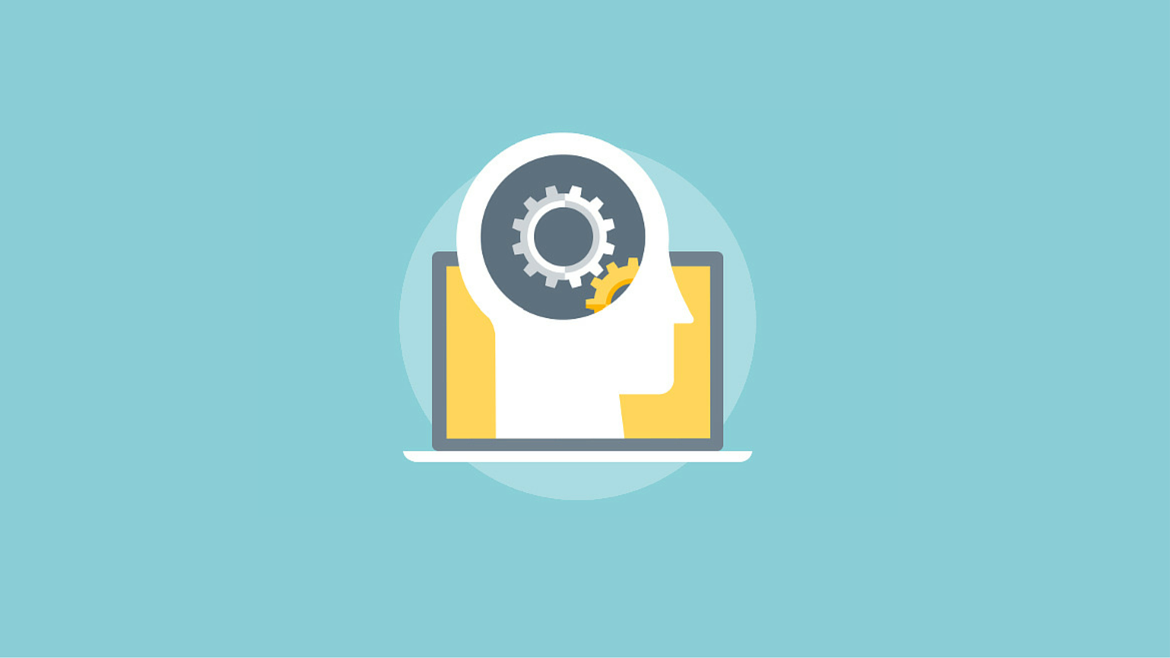Do you sometimes have trouble figuring out whether to pull or push a door or how to quickly save a contact on a new mobile phone? How often do you think it’s your fault?
Many people end up blaming themselves for a host of product and system issues that are actually the fault of the designer. Design experts advise that any effective system or product should communicate how it is used through its appearance.
This is the realm of cognitive ergonomics: the consideration of people’s mental processes – perception, memory, reasoning, motor response, learning and attention – in the design of everything, from a security device to a coffee machine.
But while conventional ergonomics – designing products to fit with our bodies – is well understood, many believe that cognitive ergonomics is poorly practiced.
“Around 20-30 years ago we had this revolution where people started making physical products with an understanding of how the human body actually works, and you had much nicer products,” Phil Libin, chief executive of note-making software company Evernote, recently told The Guardian. “But most products right now are still not cognitively ergonomic: they’re not made with an understanding of how the brain works.”
The guiding principle is that products should not require the user to think too much. “Good design is actually a lot harder to notice than poor design,” says the oft quoted Don Norman, who is known as the godfather of user experience design, “in part because good designs fit our needs so well that the design is invisible.”
Apple’s iPod is a classic example. Its defining qualities are about use: ease and simplicity. The original device was designed to be small enough to fit in your pocket, with enough storage to hold many hours of music and easy to sync with a computer. By focusing on only a few core features, Apple not only ensured ease of use but also brought to the fore the true essence and value of the product.
Central to achieving this simplicity is what’s called user-centred design. This means ensuring an early focus on users, their tasks and the context of use, empirical measurement and iterating the design until the best possible outcome is achieved.
Designers may also turn to visualisation and external memory aids to improve cognitive functioning and performance. Using several modalities (e.g. visual, auditory and touch) to divide attention or to direct focus is another very effective technique.
Proponents of good design believe the future will be about subtle technology; smart objects embedded into actions people already perform. For instance, Yvonne Rodgers, director of the Interaction Centre at University College London, advocates a just-in- time approach, “determining how to design technological interventions that provide just enough information and in the right form.”
Cognitive psychology has shown how people tend to use simple shortcuts when making decisions; they typically ignore most of the available information and rely only on a few important cues. In the supermarket, for instance, shoppers make snap judgments, based on price, brands they recognise and attractive packaging, rather than nutritional or ethical guidance.
Recognising our cognitive limitations is key to the future of design. In order to design with cognitive ergonomics in mind, designers will need to think of everything while allowing us to think as little as possible.
Do you feel the products you use are well suited to the way you think? What are some good examples of good cognitive design? Share your thoughts on the Future Realities LinkedIn group, sponsored by Dassault Systemes.
The views and opinions expressed in this article are those of the authors and do not necessarily reflect the views of The Economist Intelligence Unit Limited (EIU) or any other member of The Economist Group. The Economist Group (including the EIU) cannot accept any responsibility or liability for reliance by any person on this article or any of the information, opinions or conclusions set out in the article.




